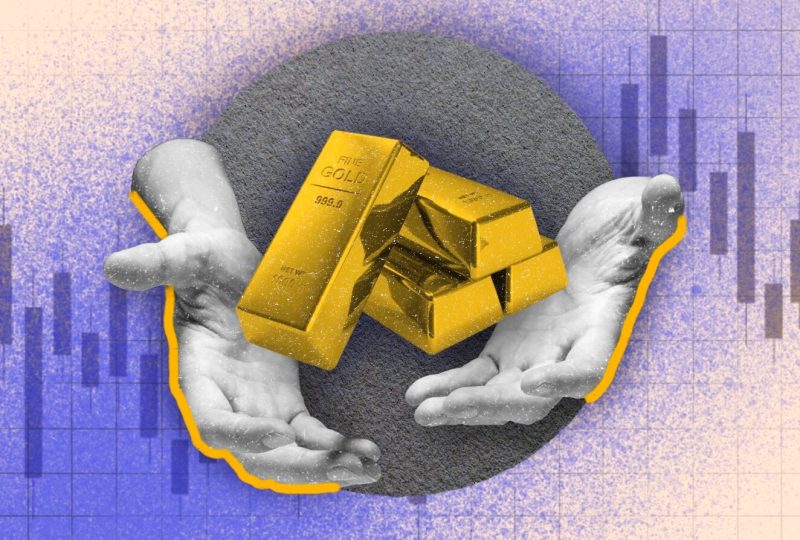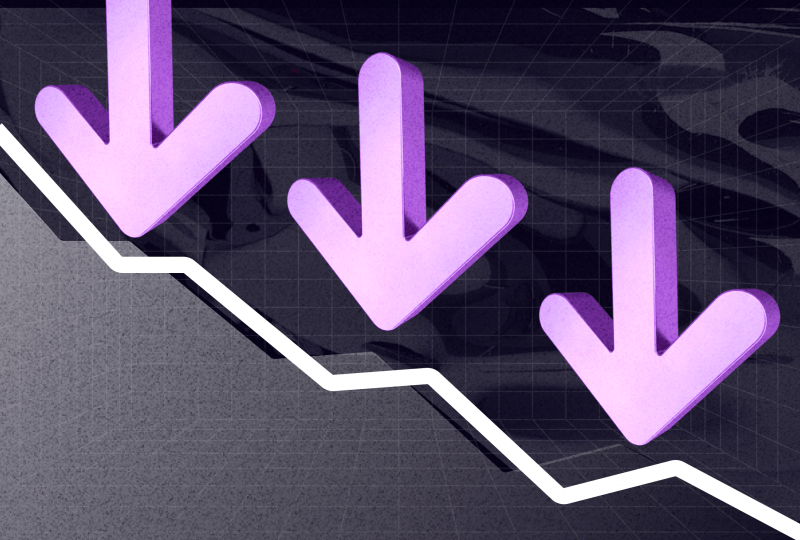Gold is Approaching a Record High, and The Rally in Gold Mining Stocks May Not End.

Economic concerns, lower bond rates, and a weaker U.S. currency are driving gold to new highs in gold mining stocks. Central banks’ increased purchases this year have fueled the surge. The tailwinds appear to be continuing.
On Thursday, the price of gold was $2,041.30 per ounce, the second-highest in history and just half a percentage point below the August 2020 record of $2,069.40. Since Silicon Valley Bank collapsed in late February, the yellow gold has gained 13%. Other precious metals have risen much higher recently, with the price of silver rising roughly 30% in a month. Gold has increased by more than 25% since November, and it’s time to buy gold mining stocks.
In the last month, investors have had a flight to safety, fueled in part by numerous high-profile bank failures and fears about the larger ramifications for the U.S. financial system. Gold is one of humanity’s oldest repositories of value, and demand tends to rise during times of uncertainty.
But it isn’t simply the fear of bank collapses driving purchases. Bond rates are falling. The U.S. currency is weakening, and other signs of a slowing economy drive purchasers into bullion. This week gave fresh signs that Federal Reserve policy is nearing a tipping point: The consumer price index showed that headline inflation decreased more than expected in March, and the minutes of the Fed’s March policy meeting, released Wednesday, suggested greater discussion among meeting participants regarding continuing interest-rate rises. Both indicated that the Fed‘s tightening cycle was nearing its end, and bond rates reacted appropriately.
Lower bond rates diminish the opportunity cost of keeping gold, which earns no income. The two-year U.S. Treasury note yield has dropped to around 3.9%, down from 5.1% in early March. Capital Economics, a research group, expects the 10-year Treasury yield to conclude the year at 3.25%, down from its current 3.5%.
The drop in U.S. Treasury rates this year has been steeper than the drop in many abroad levels, weighing on the currency. When the value of the U.S. dollar falls, an ounce of gold becomes more valuable.
Bradley Saunders, the assistant economist at Capital Economics, expects continued gold price strength. He wrote on Thursday that they first believe the U.S. economy will collapse this year. This, in conjunction with tighter lending conditions, should help to take some of the heat out of the economy, enabling the Fed to shift toward rate cuts sooner than markets expect.
This would imply much lower bond rates and increased defensive flows into gold ETFs.
Private investors aren’t the only ones increasing their gold purchases this year. According to World Gold Council data, central banks throughout the world purchased a net 157 tons of gold in the first two months of 2023, the quickest pace of acquisition in a decade.
Central banks frequently maintain foreign currency and gold reserves. Although the US dollar remains dominant, many countries are attempting to diversify their reserves.
According to the World Gold Council, the People’s Bank of China increased its gold holdings by 15 tons in January and 25 tons in February. In the first two months of 2023, the Turkish Central Bank purchased a total of 46 tons of gold. After sitting out in January, the Bank of Russia increased its reserves by 31 tons in February. March data is not yet available.
“We think this will continue as the fracturing of the global economy induces economies such as China and Russia to attempt to reduce reliance on the dollar,” Saunders wrote.
In March, gold-fund flows became positive. According to World Gold Council data, physical gold exchange-traded-fund assets increased by 32 tons last month.
Of course, gold’s present price is near-record only in nominal terms. In actual terms — adjusted for inflation — gold is far off. In 1980, gold reached an inflation-adjusted high of over $3,000 in today’s currencies. That was a decade after the United States abandoned the gold standard, and it was a period of escalating inflation and recession.
A gold price of $3,000 or more will unlikely occur anytime soon. However, with bond rates, the currency, and investor sentiment in their favor, the price of gold may have further potential to rise.




